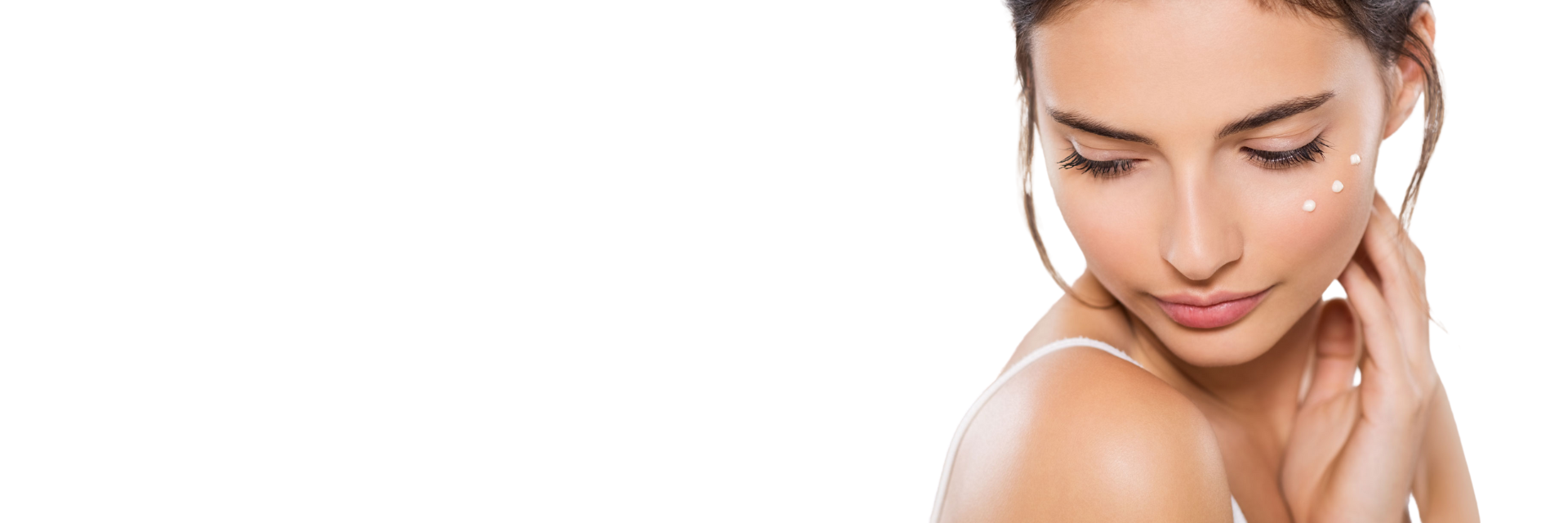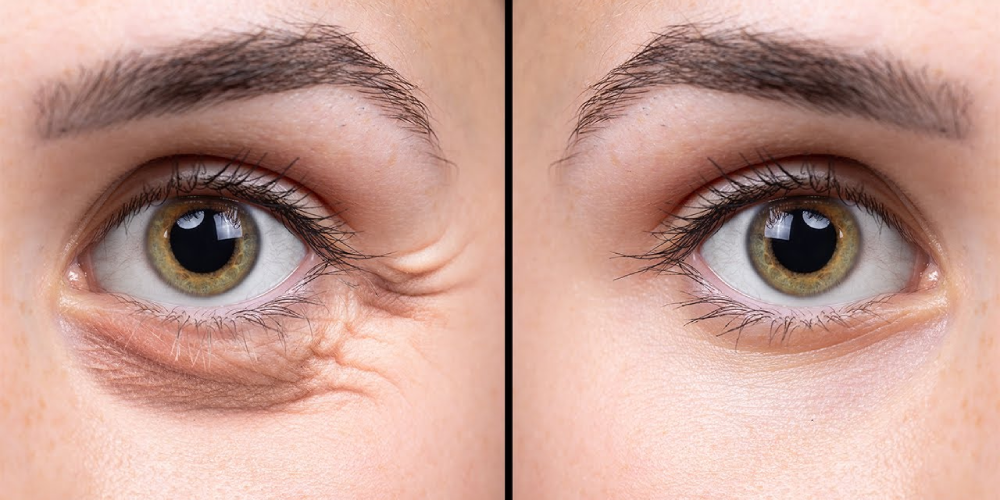Crow's Feet
Crow's feet, those fine lines that appear around the eyes, are a common concern for many people as they age. These lines, also known as laughter lines or smile lines, can be caused by many factors and can affect both men and women. Zareefah Skin Clinic has a long history of successfully treating crow's feet. Our specialists will provide the best treatment options to help you with your condition.
Symptoms of Crow's Feet
Crow's feet typically manifest as fine lines and wrinkles around the outer corners of the eyes. These lines can become more pronounced when smiling or squinting and may deepen over time. Other symptoms may include:
- Skin dryness and thinning around the eyes
- Loss of elasticity in the skin
- Creases that extend from the eyes towards the temples
While crow's feet are a natural part of the ageing process, they can also be influenced by various factors.
When to See a Doctor
If you're concerned about the appearance of crow's feet or if they're affecting your self-confidence, consider consulting a dermatologist or a skincare specialist. They can analyse your skin's condition, provide personalized recommendations, and discuss treatment options based on your needs and goals.
Causes of Crow's Feet
Several factors contribute to the development of crow's feet:
- Aging
- Sun Exposure
- Facial Expressions
- Smoking
Non-Surgical Interventions for Crow's Feet
For mild to moderate crow's feet, non-surgical interventions can help improve the appearance of these lines:
- Topical Retinoids
- Botulinum Toxin (Botox)
- Dermal Fillers
Surgical Interventions for Crow's Feet
In cases where crow's feet are more severe or persistent, surgical options may be considered:
- Blepharoplasty This procedure can remove the unwanted skin and fat from around the eyes, tightening the skin and reducing the appearance of wrinkles, including crow's feet.
- Laser Resurfacing Laser treatments can target the outer layers of the skin, promoting collagen production and improving skin texture, which can help reduce the visibility of crow's feet.
Risk Factors and Complications
- Smoking
- Excessive Sun Exposure
- Medical Conditions like hormonal imbalances, autoimmune diseases, etc.
- Improper Treatment
Complications from treatments like Botox or fillers are rare but can include allergic reactions, bruising, or temporary muscle weakness if not administered by a qualified professional.
Prevention Strategies for Crow's Feet
While some factors contributing to crow's feet, such as aging, are unavoidable, several preventive measures can help minimize their appearance:
- Sun Protection
- Stay hydrated.
- Maintain a balanced diet rich in antioxidants, vitamins, and minerals, and avoid smoking or excessive alcohol consumption.
- Facial Exercises
FAQs About Crow's Feet
While treatments can improve the appearance of crow's feet, they may not completely eliminate them, especially in severe cases or with advanced age.
Some home remedies, such as applying cucumber slices or using egg white masks, may provide temporary skin tightening effects but are generally not as effective as professional treatments.
Crow's feet can begin to appear in your 30s or 40s but may develop earlier in individuals with sun damage or other contributing factors.
While genetics can play a role in skin aging, adopting healthy lifestyle habits and sun protection measures can still help minimize the development of crow's feet.
Conclusion
Crow's feet are a common cosmetic concern that can be addressed through various non-surgical and surgical interventions, along with preventive strategies to maintain skin health and vitality.


